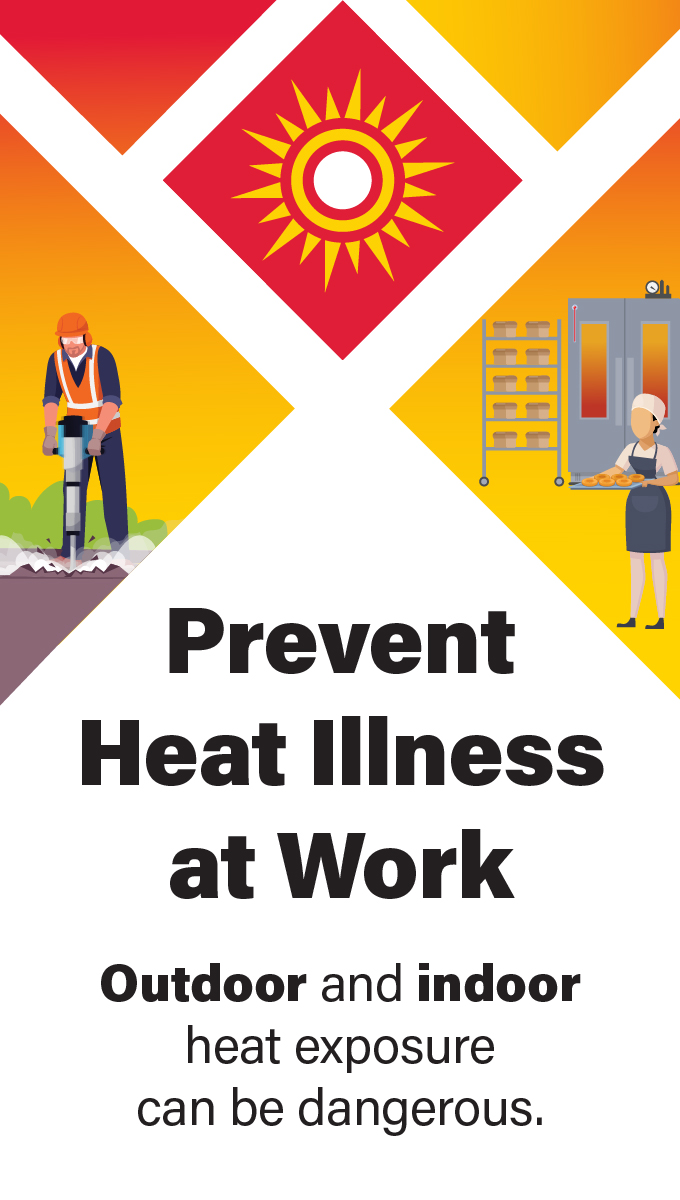Scaffolding
Overview
The Bureau of Labor Statistics' Census of Fatal Occupational Injuries (CFOI) reported 52 fatal falls to lower levels from scaffolding in 2020.1 All of these can be controlled by compliance with OSHA standards.
Standards
Scaffolding is addressed in specific OSHA standards for general industry, maritime, and construction.
Hazards and Solutions
Provides references that aid in recognizing scaffolds and the hazards associated with scaffolding in the workplace.
Additional Resources
Provides links and references to additional resources related to scaffolding.
1 Fatal occupational injuries due to falls to a lower level, 2011-2020 (from OSHA's Directorate of Construction)


